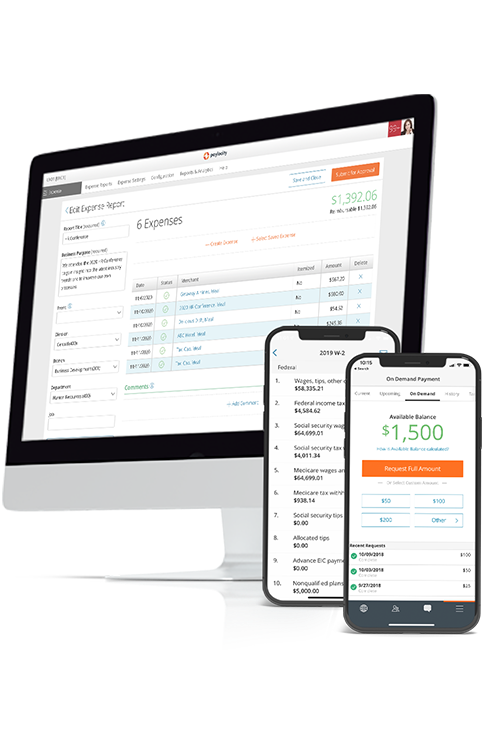How To Run Restaurant Payroll
After employees submit all timesheets and tip reports, either in print or digitally, owners can begin calculating the various amounts needed to complete the payroll process.
Calculate Gross Pay
Gross pay is the total sum an employee earns over the course of the pay period. For hourly employees, this is found by multiplying the base wage by the number of hours worked, while for salaried employees, it’s found by dividing their annual salary by the total number of pay periods in the year.
For example, if Employee A is paid an hourly rate of $17 and worked 40 hours over the last two weeks, she or he would have a gross pay of $680 (40 x $17). If Employee B is paid an annual salary of $42,000 and will have 24 pay periods a year, she or he would have a gross pay of $1,750 for each payroll.
There are a few things to remember when calculating gross pay. First, did the employee perform multiple roles that have different pay rates? If so, rates, amounts, hours worked, etc. for all the employee’s roles need to be included when calculating gross pay.
Second, did the employee work any overtime? If the restaurant pays 1.5 times the minimum wage for overtime hours and Employee A, an hourly non-exempt employee, worked an additional 10 hours of overtime, she or he would be paid a rate of $25.50 per overtime hour (1.5 x $17) for a total of $255 in overtime wages (10 x $25.50). Combined with the normal base wage ($680), Employee A earned a total gross pay of $935.
Under the FLSA, if a tipped employee works overtime, the employer must pay the employee at least 1.5 times the minimum wage, then subtract the tip credit to come to the employee’s direct cash wage. For example, Employee C in Kentucky earns the standard FLSA wage rates (a base wage of $2.13 per hour and a tip credit rate of $5.12 an hour for a total minimum wage of $7.25 per hour). The standard overtime rate would therefore be $10.88 per hour ($7.25 x 1.5) while the adjusted overtime rate would be $5.76 per hour after subtracting the tip credit rate ($10.88 - $5.12). Note, some states don’t follow the FLSA and have their own methods of calculating overtime.




